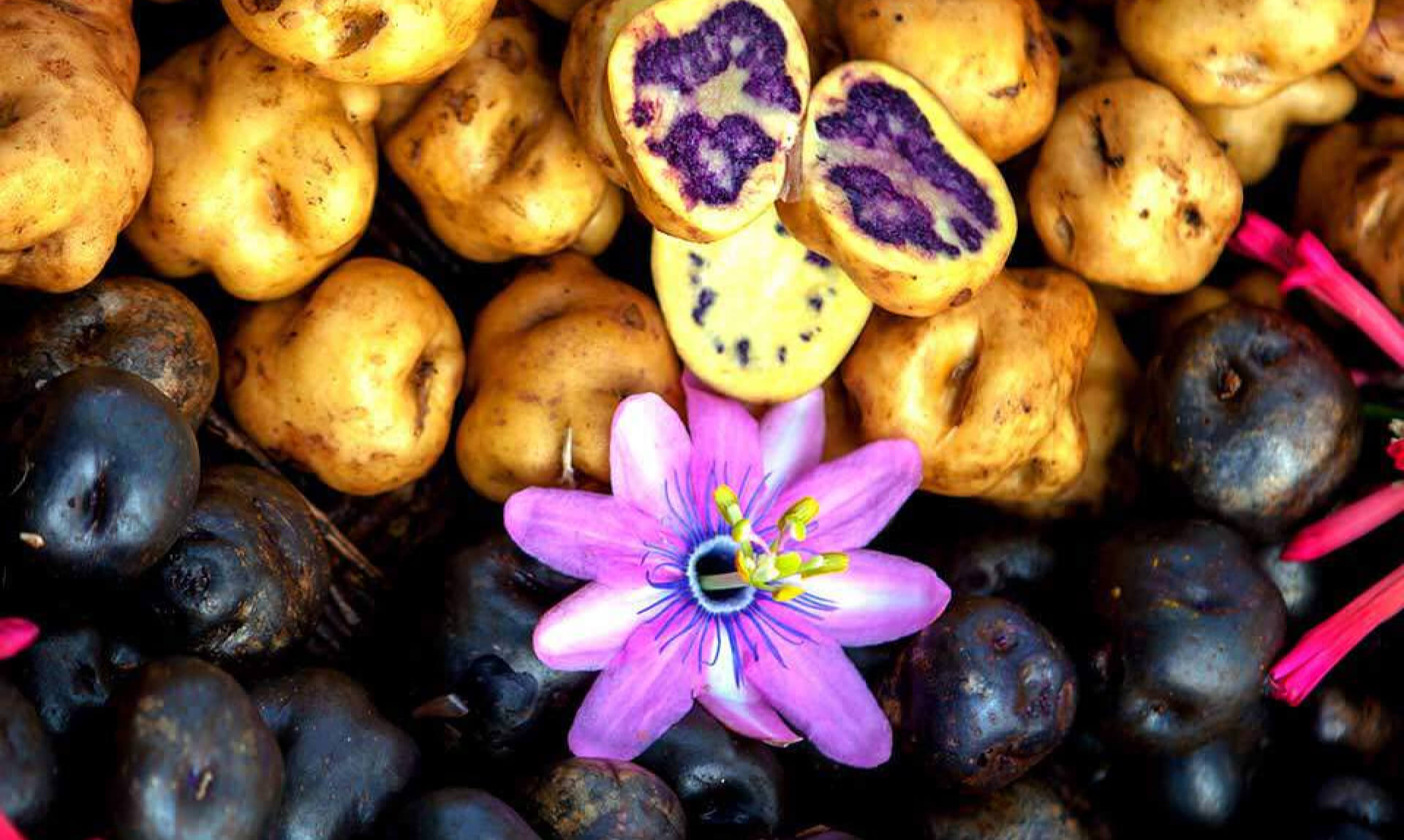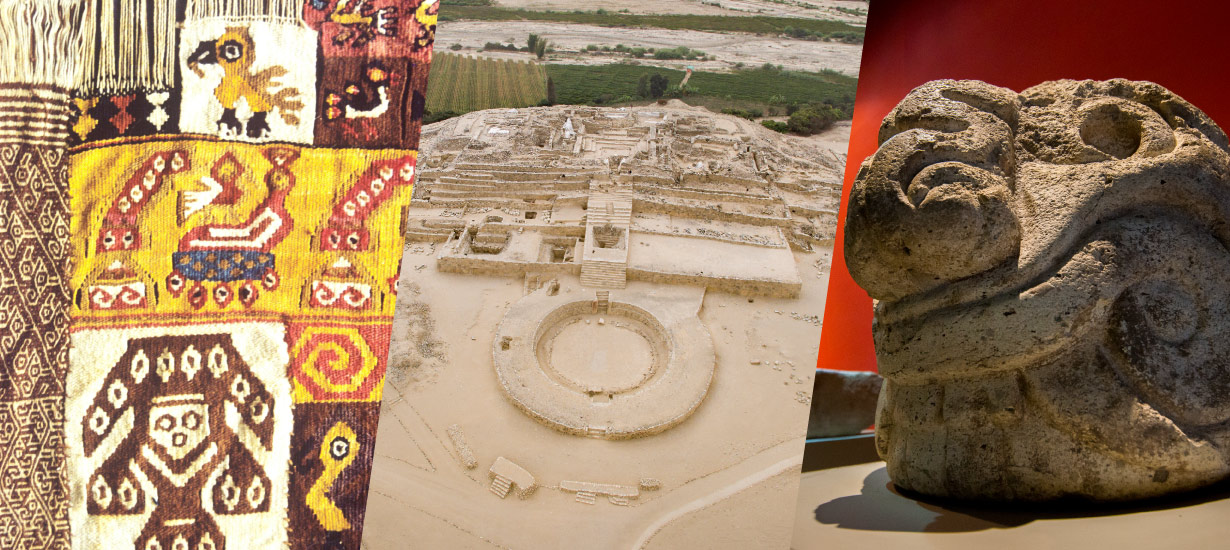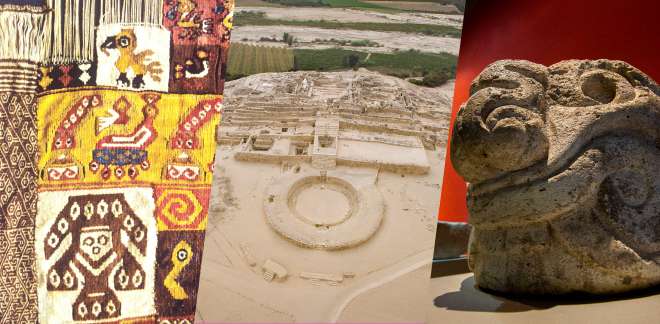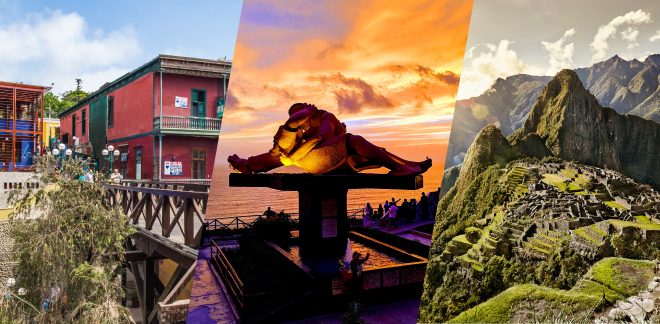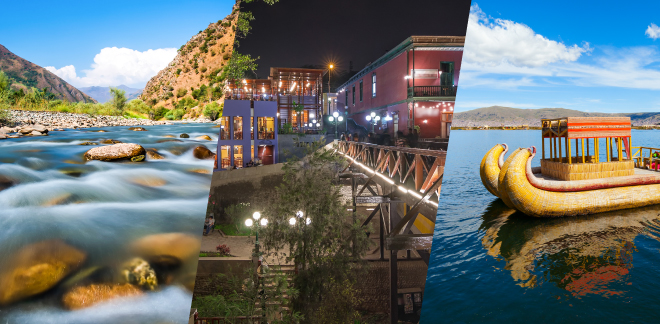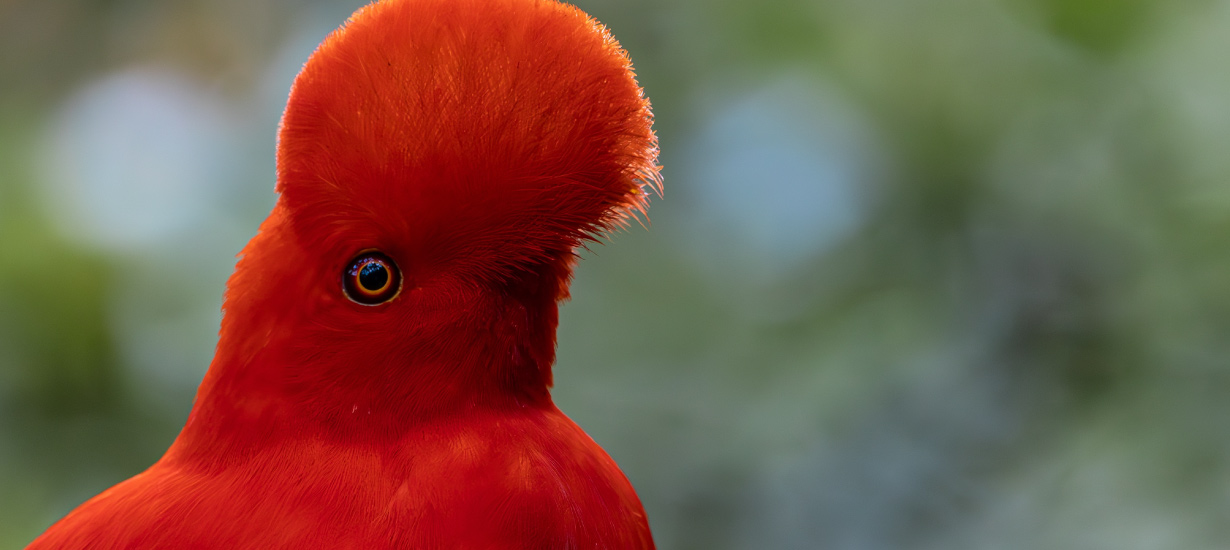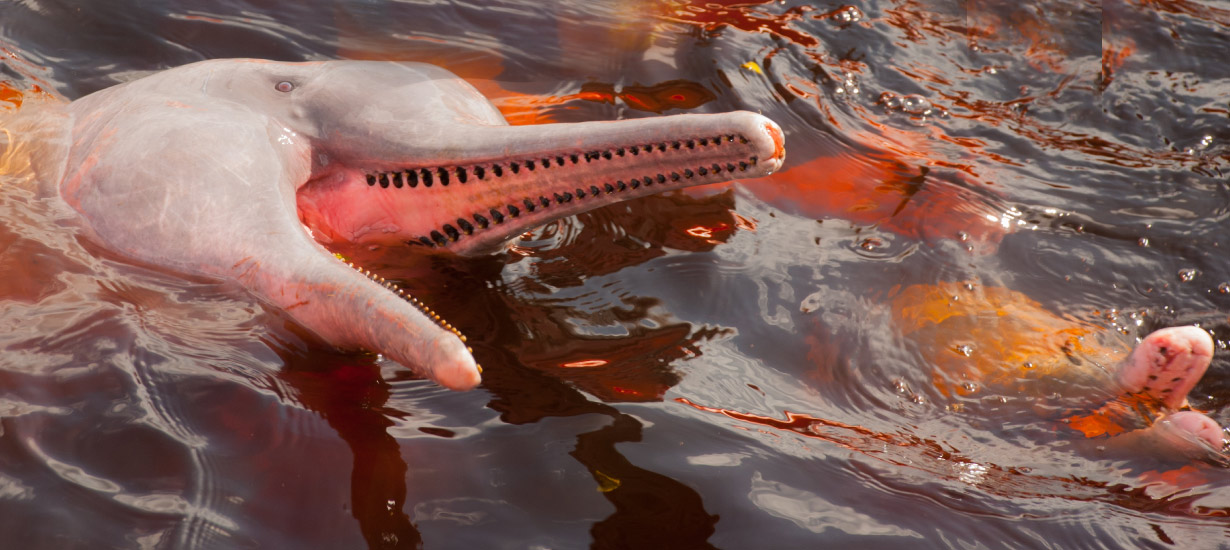Cultures of Peru: Discover the ancient civilizations
Síguenos en:Google News
From the ancient Caral civilization, the oldest in the Americas, to the powerful Inka Empire, Peru’s cultures have helped shape the identity of an entire continent.
The Americas is a vast and diverse continent with a rich history of pre-Hispanic civilizations. But where can we find traces of the oldest societies? Archaeological research reveals that some of the earliest civilizations emerged along the coasts and valleys of South America. Among them, the Caral culture in Peru stands out as one of the foundational societies that paved the way for later civilizations, including the Inka.
Below, we will share more details about the oldest civilizations in the Americas.
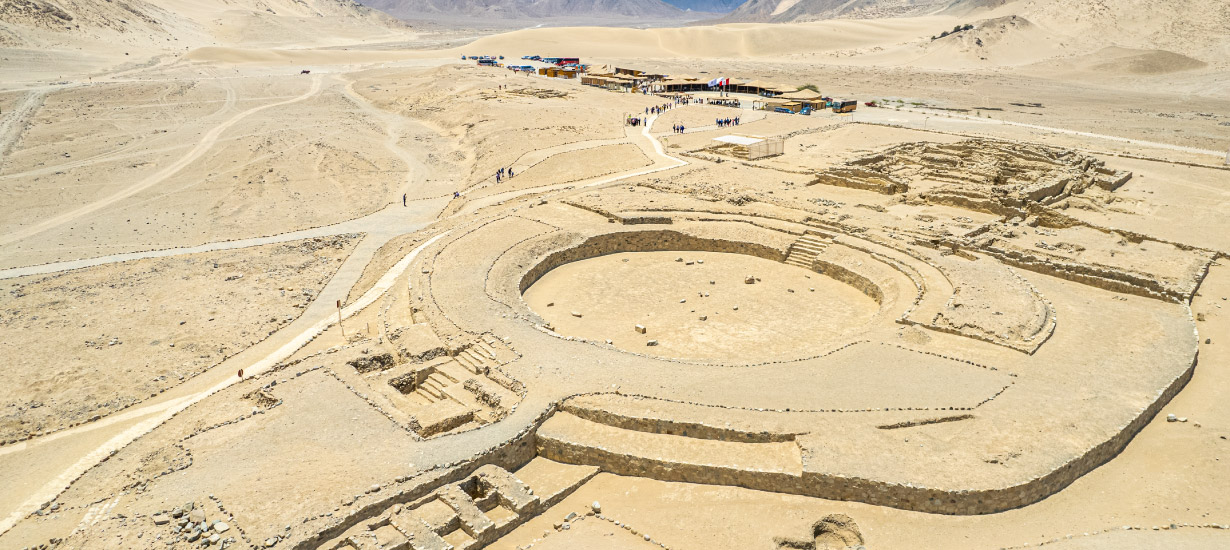 Source: PROMPERÚ
Source: PROMPERÚ
Caral: A true journey into the past
Located in the Supe Valley, 182 kilometers north of Lima, in present-day Barranca Province, the sacred city of Caral is considered the oldest civilization in the Americas, dating back approximately 5,000 years. Caral flourished between 3000 and 1800 B.C., around the same time as the great civilizations of Egypt and Mesopotamia.
So, while the ancient pyramids of Saqqara and Cheops were rising in Egypt, and the cities of Mesopotamia were thriving, the people of Caral were already building their own impressive pyramidal structures in this part of the world.
 Source: Shutterstock
Source: Shutterstock
Chavin: The culture of oracles
The Chavin culture (1.500 a 550 a.C.) emerged in the northern highlands of Peru, in present-day Ancash, and is considered one of the first great Andean civilizations. Its legacy includes the impressive temple of Chavin de Huantar, a ceremonial center with underground galleries and sculptures like the monolithic lanzon. Chavin’s iconography and religious worldview profoundly influenced many later cultures.
 Source: PROMPERÚ
Source: PROMPERÚ
Paracas: Textile art
The Paracas culture (700 B.C.), which flourished on the southern coast of Peru in present-day Ica, is renowned for its extraordinary textiles, showcasing advanced techniques in color and material use. Their burial bundles, discovered in the Paracas necropolis, reveal a complex understanding of death and the afterlife. Additionally, the cranial trepanations performed on their people demonstrate sophisticated medical knowledge.
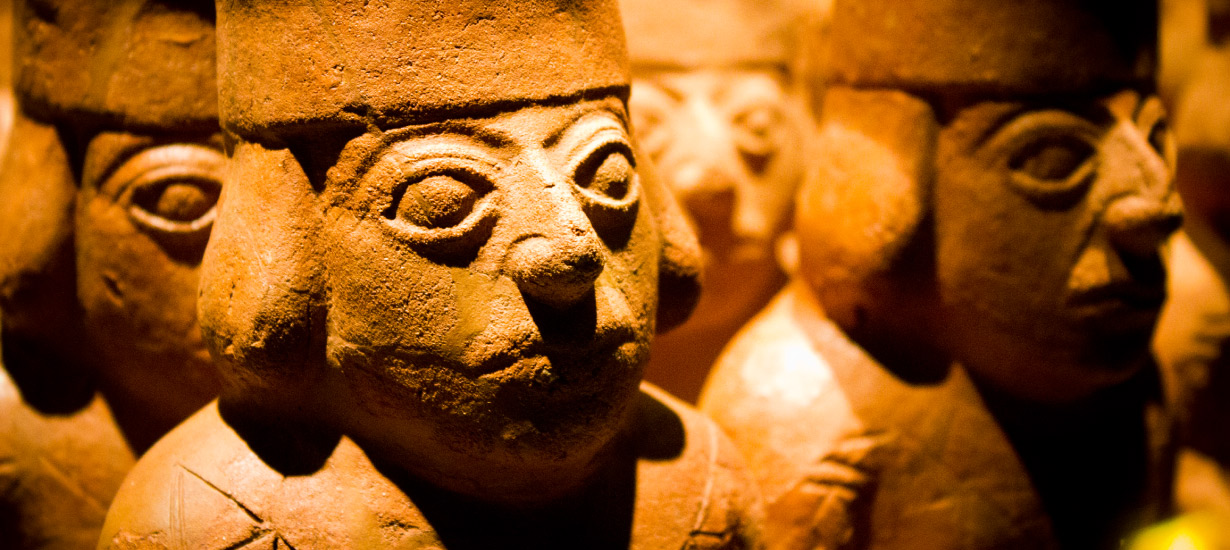 Source: PROMPERÚ
Source: PROMPERÚ
Moche: Ceramic masters
The Moche culture (200 a 850 d.C.) thrived on the northern coast of Peru, where they built impressive temples like the Huaca del Sol and Huaca de la Luna and united powerful leaders, including the Lord of Sipan. Their sculptural ceramics, featuring realistic depictions of daily life, wildlife, and deities, are considered some of the most refined in the ancient world.
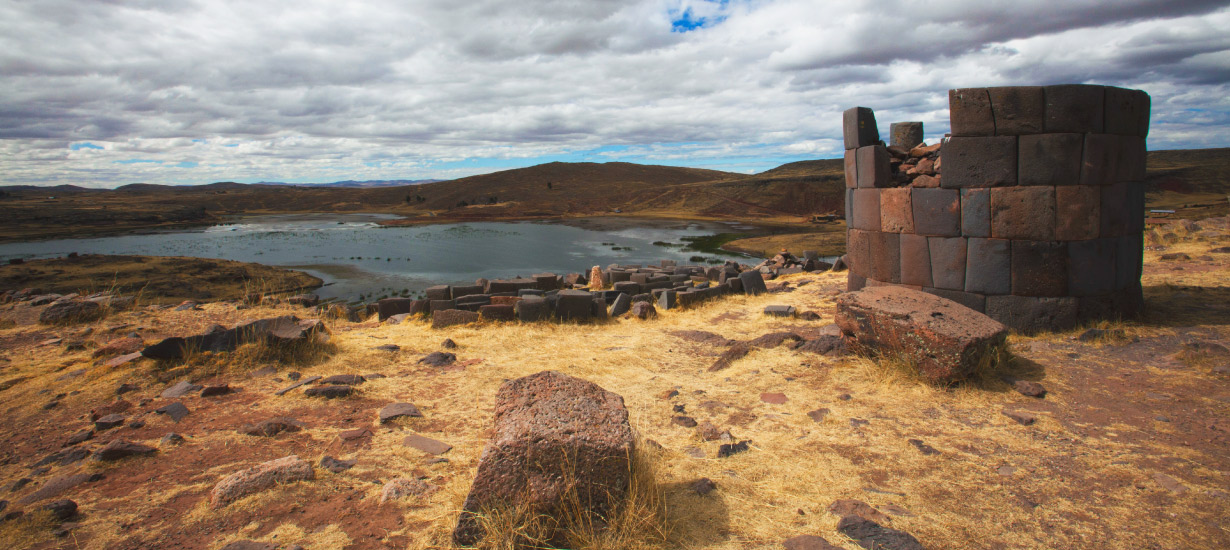 Source: PROMPERÚ
Source: PROMPERÚ
Wari and Tiahuanaco: The pioneers of urban planning
The Wari culture (600 a 1200 d.C.) established the first network of interconnected cities in the Andes, with their capital in Ayacucho showcasing advanced urban planning. Meanwhile, Tiahuanaco (300 a 1000 d.C.), located in the Collao region — spanning parts of modern-day Chile and Bolivia — influenced southern Peru with its monumental temples and sophisticated agricultural systems.
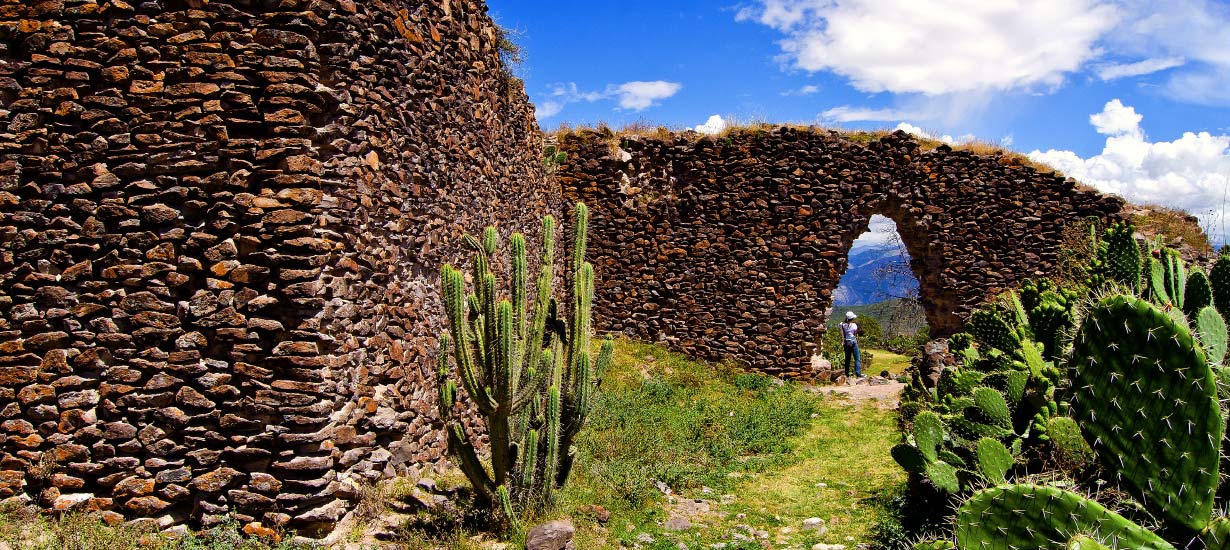 Source: PROMPERÚ
Source: PROMPERÚ
Chachapoyas: Warriors of the clouds
In the high Amazon of Peru, the Chachapoyas culture (800 A.D.) built impressive stone cities like Kuelap. Their architecture and ability to adapt to the rugged Amazonian terrain made them a resilient people. Though eventually conquered by the Inkas, their legacy lives on.
Peru is the cradle of some of the oldest and most sophisticated civilizations in the Americas. Since ancient times, its land has been home to cultures that have left an invaluable legacy in architecture, art, religion, and technology.

